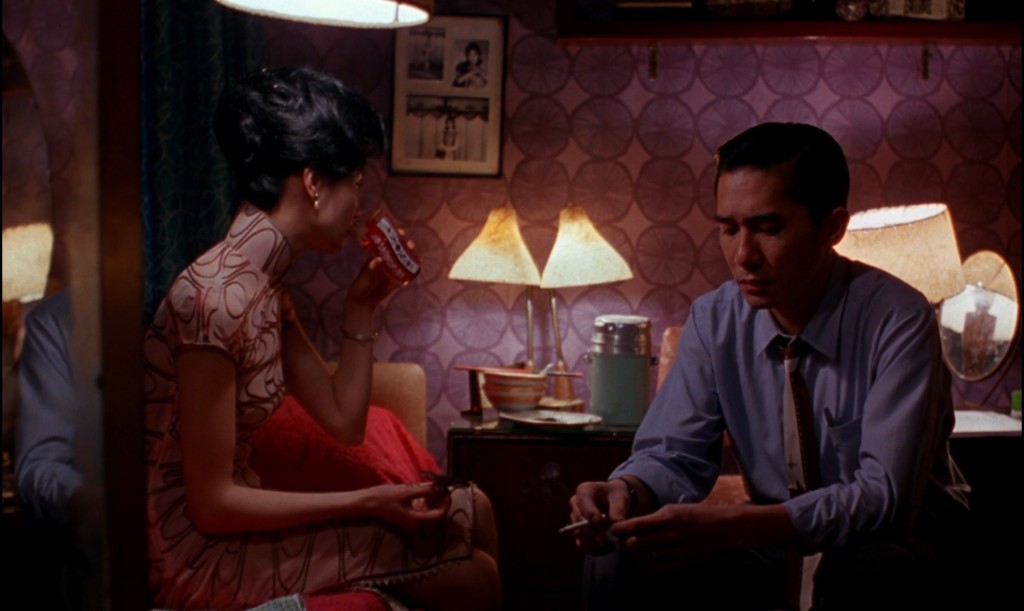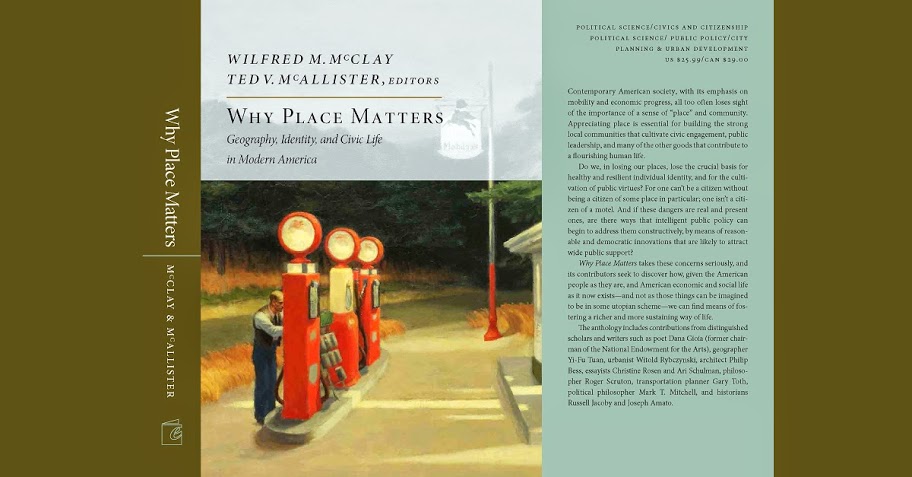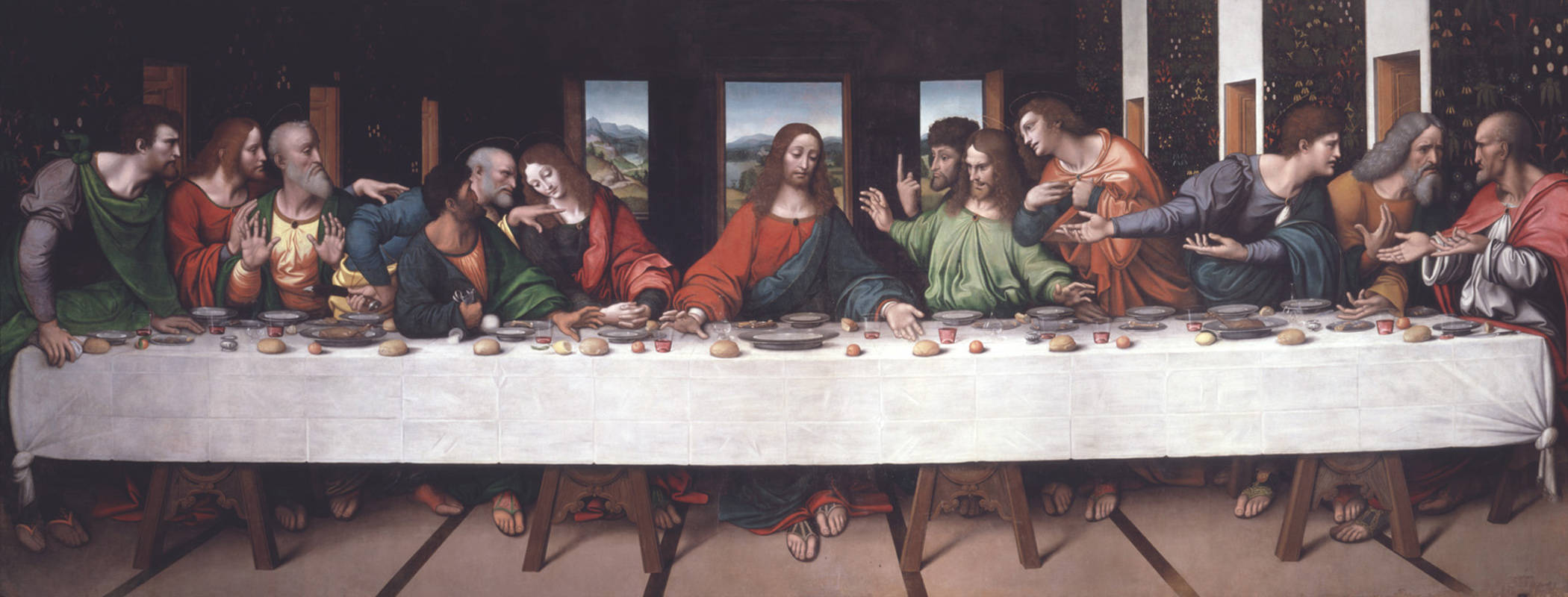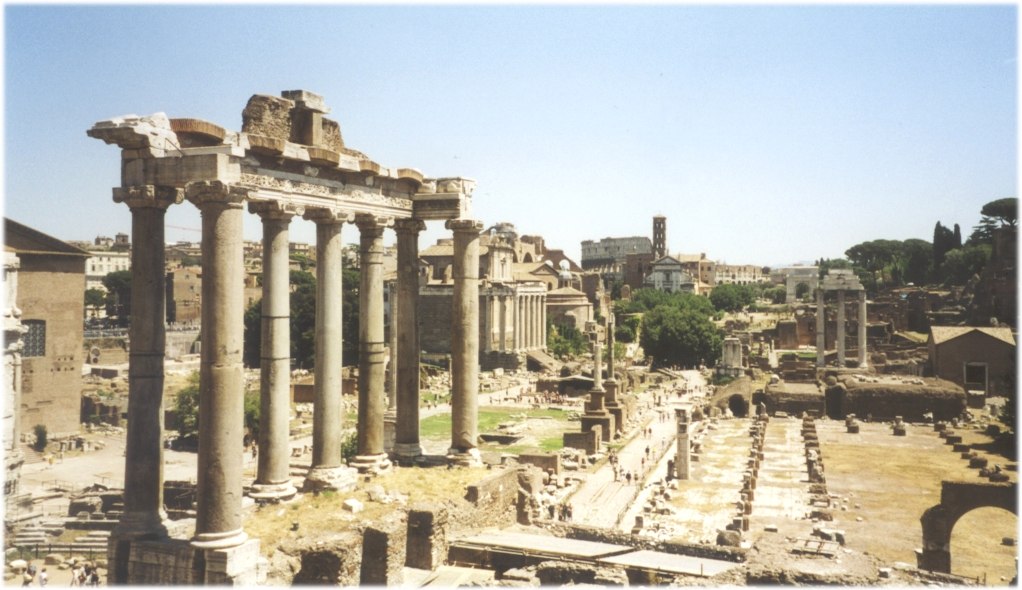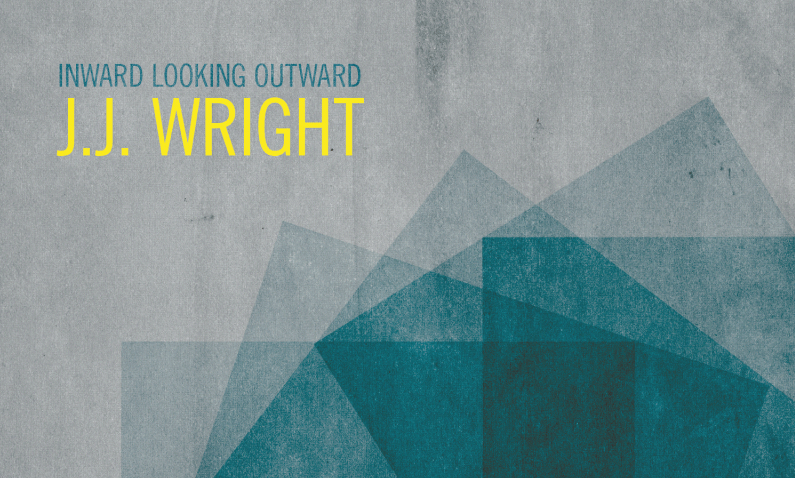This is the use of memory:
For liberation – not less of love but expanding
Of love beyond desire, and so liberation
From the future as well as the past.
-T.S. Eliot, “Little Gidding”
Released every ten years, the Sight & Sound poll of the hundred greatest films ever made is often considered the most authoritative list on the matter. Given its long view of film history, the poll tends to favor movies that have been around long enough to gain permanent critical acclaim. It speaks to the power of Wong Kar Wai’s 2000 film In the Mood for Love that it made the 2012 edition of the survey (coming in at number 29) despite being barely a decade old—one of only two films of the new millennium to make the cut. Given the film’s exquisite beauty and deeply expressed melancholy, it’s no surprise the film has stuck with critics and audiences alike.
In brief, In the Mood for Love tells a story of hearts broken, mended, and broken again. The film focuses on Mr. Chow and his neighbor, Mrs. Chan, who move into the same Hong Kong building on the same day. Though both married, they seem like lonely souls, and form a sympathetic bond. Gradually they independently discover a disturbing fact: Mr. Chan and Mrs. Chow have taken up with each other, carrying on an affair under the noses of the two protagonists. This brings Mr. Chow and Mrs. Chan closer together, as they sort through their various feelings of betrayal with the only other person who could possibly understand. Attempting to figure out the motivations of their cheating spouses, they enact any number of scenarios trying to step into their spouses’ philandering shoes. This dangerous game has consequences, though, and the two begin to fall in love. Unable to face being like their unfaithful partners, they separate, leaving each other with bittersweet thoughts of what might have been.
Describing the plot in this straightforward way fails to do justice to Wong Kar Wai’s true intentions. With this film he has crafted an exquisite meditation on loss, the past, and memory. Though In the Mood for Love eschews traditional narration, it includes a written prelude and epilogue, both of which hint that the story comes to us from the memory of the main male protagonist, Mr. Chow. The epilogue in particular provides a clue to the movie’s intent: “He remembers those vanished years. As though looking through a dusty window pane, the past is something he could see, but not touch. And everything he sees is blurred and indistinct.” As Mr. Chow looks back on the past, his attempt to recover memories is riddled with difficulty.
T.S. Eliot weaves many of the same themes into his poem cycle The Four Quartets. He explores again and again the nature of time and memory in search of meaning. By examining Eliot’s ideas in conjunction with Wong Kar Wai’s presentation of similar themes, a fuller picture emerges of the nature of how humans experience time and remember the past.
Eliot concerns himself especially with the intersection of time as we experience it – linear, flowing, ephemeral – with the timelessness of eternity. For Eliot, the flow of time as seen in the world, signified by the material progress to which we cling, falls short of capturing the true nature of time. He constantly alludes to time folding in on itself (e.g. the opening of “Burnt Norton”: “Time present and time past/Are both perhaps present in time future/And time future contained in time past.”). In particular he takes note of those moments when linearity collides with eternal stillness, exposing the narrowness of the idea that time flows in one direction only. Writing of the coexistence of all time in “Burnt Norton”, Eliot says “that the end precedes the beginning/And the end and the beginning were always there/Before the beginning and after the end.”
Eliot expresses, in passages like this, a philosophical concept in poetic language. For many theologians, the seeming paradoxes of grace and will, foreknowledge and freedom, have their resolution in the idea that, seen sub specie aeterintatis, the whole of linear time finds harmony and coherence. Obviously such vision can be sustained only by God; He might hold all things in His mind, but for humans the task seems Sisyphean. But for Eliot, though we cannot continually view eternity, we can achieve glimpses beyond the veil of time. In “The Dry Salvages” he asserts that, though only saints seem to have sustained success at this quest, some hint of it remains for everyone else:
For most of us, there is only the unattended
Moment, the moment in and out of time,
The distraction fit, lost in a shaft of sunlight,
The wild thyme unseen, or the winter lightning
Or the waterfall, or music heard so deeply
That it is not heard at all, but you are the music
While the music lasts.
This juxtaposition must affect the way we view the past and our memories of it. Instead of seeing the past as a conglomeration of events, accelerating toward the present, we should view it as a series of distinct, crystallized photos, each self-contained yet holding the depths of the infinite. Eliot warns, in “East Coker”, that “There is…only a limited value/In the knowledge derived from experience./
The knowledge imposes a pattern, and falsifies.” Sifting through past events for overarching meaning poses the danger of a distortion of the past. Instead, we should peer at each memory individually, bore into it for the depths of its meaning, “For history is a pattern of timeless moments”, as he says in “Little Gidding”.
A number of aesthetic choices highlight the film’s profound, Eliot-ian ideas. One of the most striking decisions Wong makes is never to show two of the film’s most important characters. Mr. Chan and Mrs. Chow, the catalysts of the plot, never appear directly on screen. The audience hears their voices, and catches glimpses of them from behind or through reflections, but their faces and features remain hidden away. Given the painful associations with both of them in Mr. Chow’s mind, this clearly represents a blocking mechanism on the part of his memory, an unwillingness to grant them full independence in the realm of his recollections.
The film’s structure also lends itself to reflections on the past. Almost all of the film’s running time takes place during one time and place— the span the few months over which Mr. Chow and Mrs. Chan become close and subsequently drift apart. During the last ten minutes, however, the film makes several large leaps forward in time, with accompanying shifts in location. A year after the main events of the film, Mrs. Chan comes to visit Mr. Chow in Singapore, where he now lives, but leaves without directly meeting with him, leaving behind only hints of her presence. Several years later, the audience witnesses a near encounter between the two in the old apartment building they once shared. Finally, the action shifts to Cambodia, where Mr. Chow has gone to bury the secret of his abiding love for Mrs. Chan. This unfolding of the same pattern multiple times—the two coming so close to each other yet never connecting—recalls the original failure of their near-relationship; past choices play themselves out again and again. As Eliot says in “Burnt Norton”, “Footfalls echo in the memory/Down the passage which we did not take/Towards the door we never opened.” Our choices, once made, continue to haunt us even as we move from past to present to future.
One artistic choice Wong Kar Wai makes stands out above the rest. Periodically the film’s narrative will halt for a moment and Wong will insert a scene of wordless beauty that seems to play out in slow motion, accompanied by a haunting waltz for violin and strings. This occurs several times throughout the film, each time freezing the film for what seems like an artistic flourish. The moments are striking, but are they mere embellishment? Taking into consideration the film’s obsession with understanding the past and memory, what seem like artistic asides may in fact provide some clues to how past events get filtered through the mind. Consider this: there is a difference between remembering that something happened, and remembering the event itself. Bare facts—impressions of impressions— tend to stick in the mind much longer than actual images. Yet some memories stay pressed into the deep ruts of the mind. Seemingly without rhyme or reason, there are certain faces, events, even sounds and smells, which stay in the mind, ready to be recalled at the slightest prompting. These are what Eliot refers to when he speaks of “timeless moments”, little scraps of the past preserved in amber, free of context but full of meaning.
Wong Kar Wai taps into the same vein of ideas about memory in his moments of frozen artistry. First, these sections look remarkably different than the rest of the film. Though still suffused with the same color palette and general aesthetic, these sections stand out because of their distinct style of editing and cinematography. It would not be confused with, say, the Bourne Trilogy, but the main body of In the Mood for Love features fairly kinetic work both behind the camera and in the editing room. Whip pans and other quick, fluid shots create a sense of movement to the film. Likewise Wong utilizes quick cuts to give an edge of uncertainty to the film’s events. In the frozen moments, however, Wong’s aesthetic seems almost suspended in molasses. The camera remains fluid, but the smoothness gets stretched out as the camera moves languidly through long, unedited shots. Sometimes these moments actually occur in slow motion; at other times the effect is simulated through the stillness of the actors and the camera. In both cases the scenes evoke images in the memory— calm with a stillness that real events could never achieve.
The recurring music helps drive this point home. Wong borrows a theme from Seijun Suzuki’s 1991 film Yumeji and plays it every time the frozen moments occur. The theme works perfectly to keep these moments centered in eternal stillness. First comes the pizzicato of the string accompaniment, a lilting waltz beat that preserves precious seconds of silence between the beats. Then enters the solo violin, playing a tune of bittersweet longing that creates the distinct feeling of a past desire viewed through layers of remove. Especially in combination with the slow motion of these sections, the music calls to mind a memory perfectly preserved of a fleeting moment in time.
It seems important that the moments Wong highlights with this particular technique are far from the most important in the film. Indeed, little of direct relevance to the plot happens in these timeless moments. Instead Wong focuses on tiny, seemingly random events that no outsider would view as significant. Most often they capture Mr. Chow and Mrs. Chan passing in the street, glancing backwards at each other as they pass. This squares with how memory actually works: the outwardly important events fade, while moments of internal significance remain etched in the mind. Snatches, scraps, glimpses of the eternal breaking through on the temporal— the wild thyme unseen, the music heard so deeply that you are the music while it lasts— these are the things Wong hints at with his dizzying, achingly beautiful asides. Mr. Chow cannot regain what might have been in his relationship with Mrs. Chan, but he retains the comfort – such as it is – of these timeless moments, an eternally preserved desire. He may not reach the freedom from desire that a saint gains from memory, but he grabs a glimpse of the eternal as it shatters through his backwards glances at the past.

